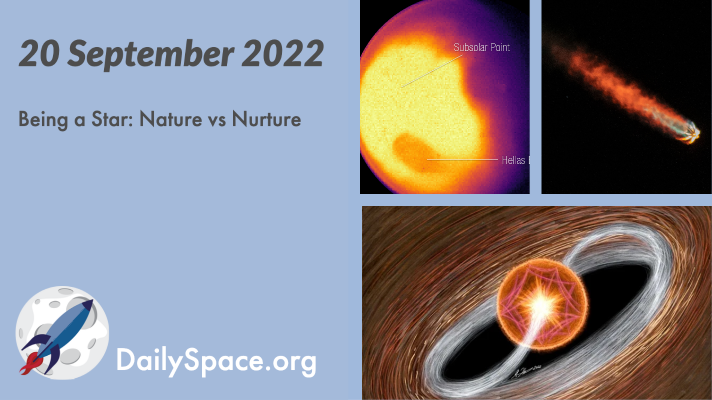
Sep 21, 2022 | Active Galaxies, Daily Space, Earth, Enceladus, ESA, Globular Cluster, Jupiter, JWST, Mars, Moon, Rockets, Saturn, Sky Watching, Spacecraft, SpaceX, Starlink, Stars, The Sun
Asteroseismologists are combining data from TESS, Kepler, and eventually, JWST to study stellar oscillations in ‘infant’ stars, with the goal of creating new models for how such young stars form and evolve over time. Plus, JWST images Mars, Hubble images stars, and SpaceX manages to launch another Starlink mission in spite of weather delays.
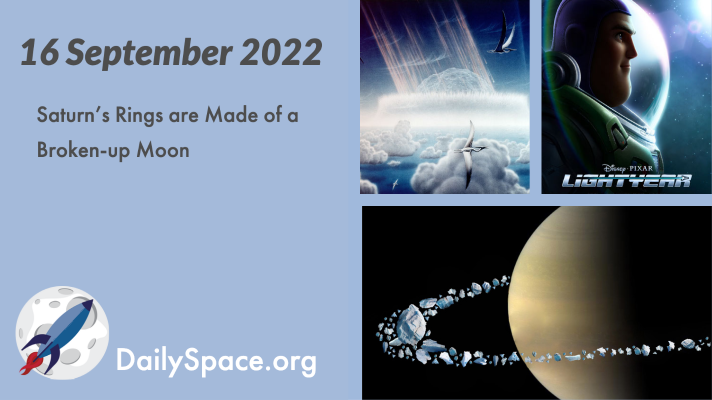
Sep 17, 2022 | Astrobiology, Daily Space, Earth, Mars, Mars 2020, Perseverance, Review, Rocket Lab, Rockets, Saturn, Spacecraft, Volcanoes
Using computer simulations, researchers have pieced together a possible scenario where Titan caused another of Saturn’s moons to break up and become the beautiful ring system we see today. Plus, organic molecules on Mars, the death of the dinosaurs, and a review of Lightyear on Disney+.
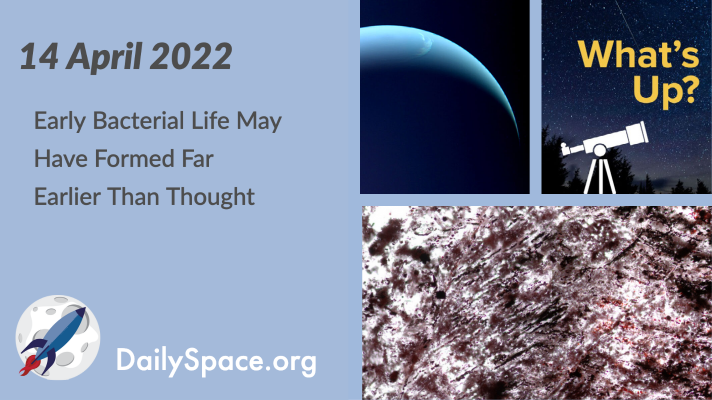
Apr 15, 2022 | Asteroids, Astrobiology, Comets, Crewed Space, Daily Space, Earth, Galaxies, JWST, Lucy, Mars, Mercury, Moon, Neptune, Saturn, Sky Watching, Stars, Supermassive Black Holes, Venus
An analysis of microscopic features in rocks from the Nuvvuagittuq Supracrustal Belt in Quebec, Canada, which date back between 3.75 and 4.28 billion years, finds evidence of possible microbial life. Plus, a supermassive black hole precursor, temperatures on Neptune, check-ins with various spacecraft, and our weekly What’s Up segment.

Mar 24, 2022 | Asteroids, Cassini, Crewed Space, Daily Space, Galaxies, Gemini North, JAXA, Random Space Fact, Rockets, Saturn, Science, Space History, Spacecraft
After detecting high levels of organic matter using remote sensors at the asteroid Ryugu, numerical models show that it’s possible that rubble pile asteroids are actually extinct comets. Plus, the Cosmic Optical Background, Enceladus’s tiger stripes, and this week in rocket history, we look back at STS-45.
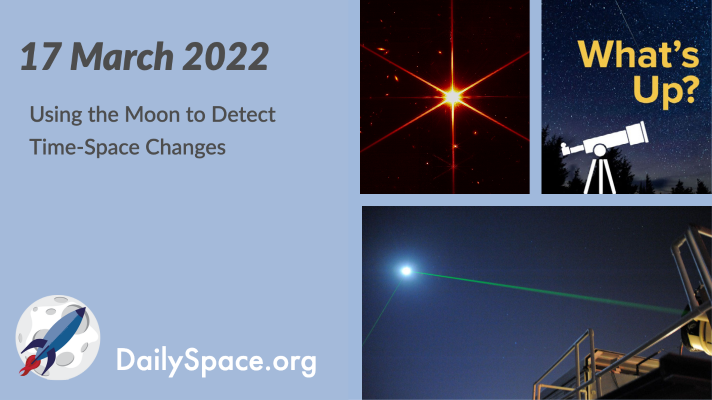
Mar 18, 2022 | Cassini, Daily Space, Earth, ESA, JWST, Mars, Moon, Physics, ROSCOSMOS, Rovers, Saturn, Sky Watching, The Sun
Scientists propose using changes in the distance from the Earth to the Moon and measured by lasers as a way to detect the phenomenon of gravitational waves. Plus, JWST is working, ExoMars is at risk, and in this week’s What’s Up, we learn about looking for zodiacal light.
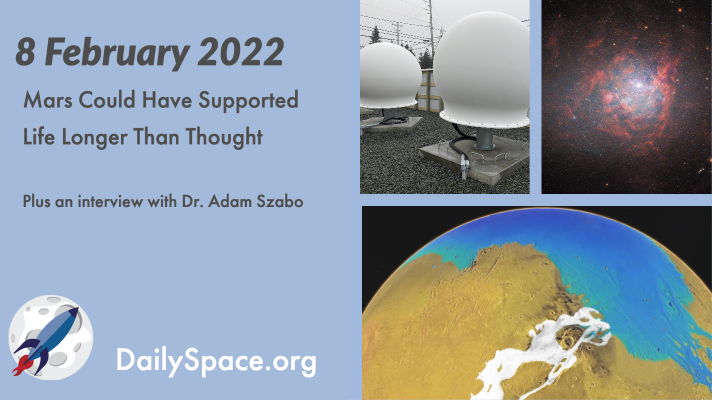
Feb 9, 2022 | Daily Space, Galaxies, Guest Interview, Mars, Rockets, ROSCOSMOS, Saturn, Soyuz, Spacecraft, SpaceX, Starlink, The Sun
A NASA-funded simulation of early Mars revealed that the climate three billion years ago on the red planet was very similar to Earth now, with a stable ocean in the northern hemisphere. This new timeline would have given life another 500 million years to develop. Plus, a dwarf galaxy, Saturn’s aurorae, a Soyuz launch, and an interview with Dr. Adam Szabo, mission scientist for the Parker Solar Probe.








 We record most shows live, on Twitch. Follow us today to get alerts when we go live.
We record most shows live, on Twitch. Follow us today to get alerts when we go live.